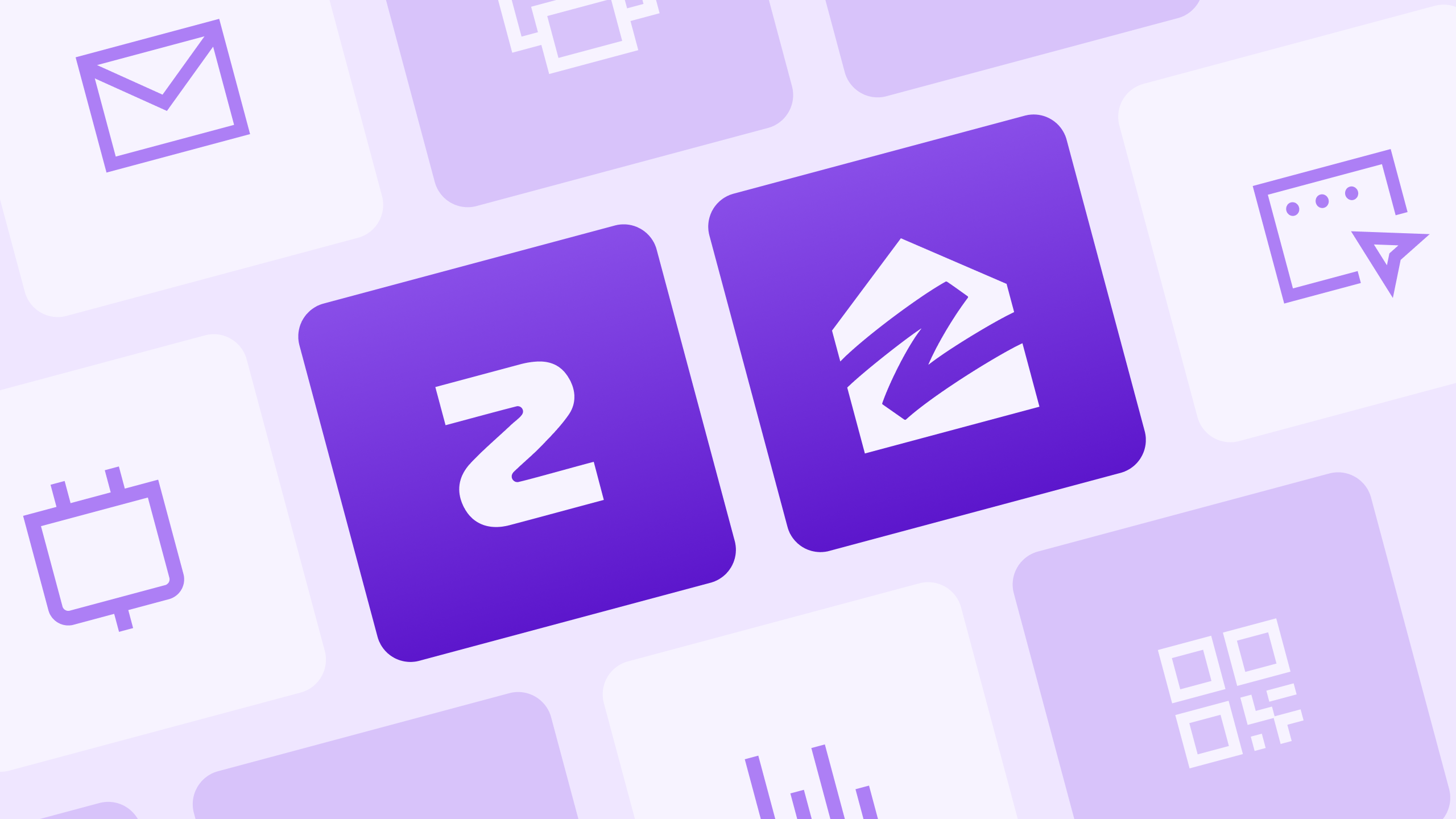We get it; planning a large-scale B2B conference can be intimidating. There are lots of moving parts involved; coordination with teams, sourcing speakers, setting up your event, promoting your event - we can go on and on.
The challenges of planning and hosting an event of this scale will always be present, but the good news is you can overcome and deal with them better if you have a tested approach to guide you on ground.
That’s exactly why we spoke to Varun Singh, Head of Marketing, Rocketlane to get some on-ground insights on what it takes to pull off a successful large-scale B2B conference. For context, Rocketlane recently concluded hosting the world’s first customer onboarding conference, Propel ‘23 - with 3,500+ virtual attendees.
Here are some really interesting tips that emerged from that conversation.
{{demo-widget}}
How to build an agenda for a conference of this scale
One of the challenges marketers face while planning a big event is around what topics to cover. This becomes even more complex when your attendees are from different profiles as you need to ensure that every attendee finds value in your event.
When we asked Varun about how he went about creating an agenda for Propel ‘23, he said that narrowing the scope of the conference (customer onboarding, implement and post-sales for example) helped Rocketlane deliver more focused content to attendees. It also enabled them to create a mix of dedicated sessions for each profile, while still providing a few sessions of common interest.
Here’s a glimpse of the agenda from Propel ‘23:

How to align all the moving parts and collaborate internally

When it comes to pulling off a global conference, it truly takes a village. Event marketers have to collaborate with different internal functions to fulfil tasks and sub-tasks, which is an event in itself!
When we asked Varun how much internal collaboration was needed for Propel ‘23, he said:
“Our design team took care of all the speaker presentations and landing pages, and our web development team focused on having the event site up and ready. Our dedicated Ops person ensured data from event landing pages seamlessly integrated with CRM tools, and our content team handled copies for landing pages, emails and social posts. Our support team would drive registrations to any prospect who would chat with them. Also, our CSM team would recommend Propel 23’ to our existing customers - so it was a combined effort - all working towards one common goal.”
How to repurpose your conference content

Any large-scale event is like a goldmine of fresh insights, fresh perspectives and expert-driven content that deserves to be extracted, repurposed and promoted. While most marketers are onboard with repurposing as a content strategy, they often face logistical challenges when it comes to exporting and editing event content, which often delays the publishing process, rendering the content a bit cold.
We asked Varun about his plan around repurposing content from Propel ‘23 - here’s what he shared.
“The video recordings were made live within 4 working days from the event on our website. Talking about repurposing these videos, we’ve already come up with cheat sheets based on conversations from tracks that were focused on specific sub-topics, and we gate these cheat sheets on our site. Also, we publish an Idea Book that compiles snippets from various sessions. Thirdly, we have different blog summaries based on each session from the event.”
How to collect and implement feedback

For B2B conferences, especially ones that have future editions, feedback plays a monumental role in the growth of the conference as a brand - it’s the only way you know what your attendees loved and what they didn’t.
But the trick with event feedback is that it needs to be collected while the impact of the event is still hot in the attendee’s mind. Here’s some insight into how Rocketlane does it:
“With feedback, you can have a combination of quantitative and qualitative questions. Some open-ended ones and some very direct ones. Once you get all of that, you decode how to use it to plan a better conference the next year. For example, in Propel 2022, we had sessions one after the other. When we observed the feedback on this, we made incremental changes to the 2023 editions by ensuring we have networking breaks planned between sessions - all these inputs only come from feedback.”
You can watch our full conversation with Varun Singh right here.
Hope you find these tips useful - now go own your next B2B conference!
Subscribe to our blog now!










